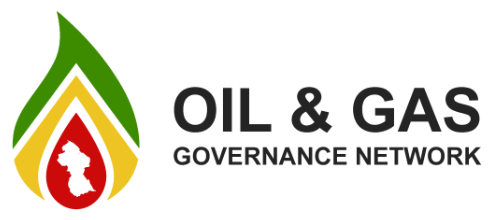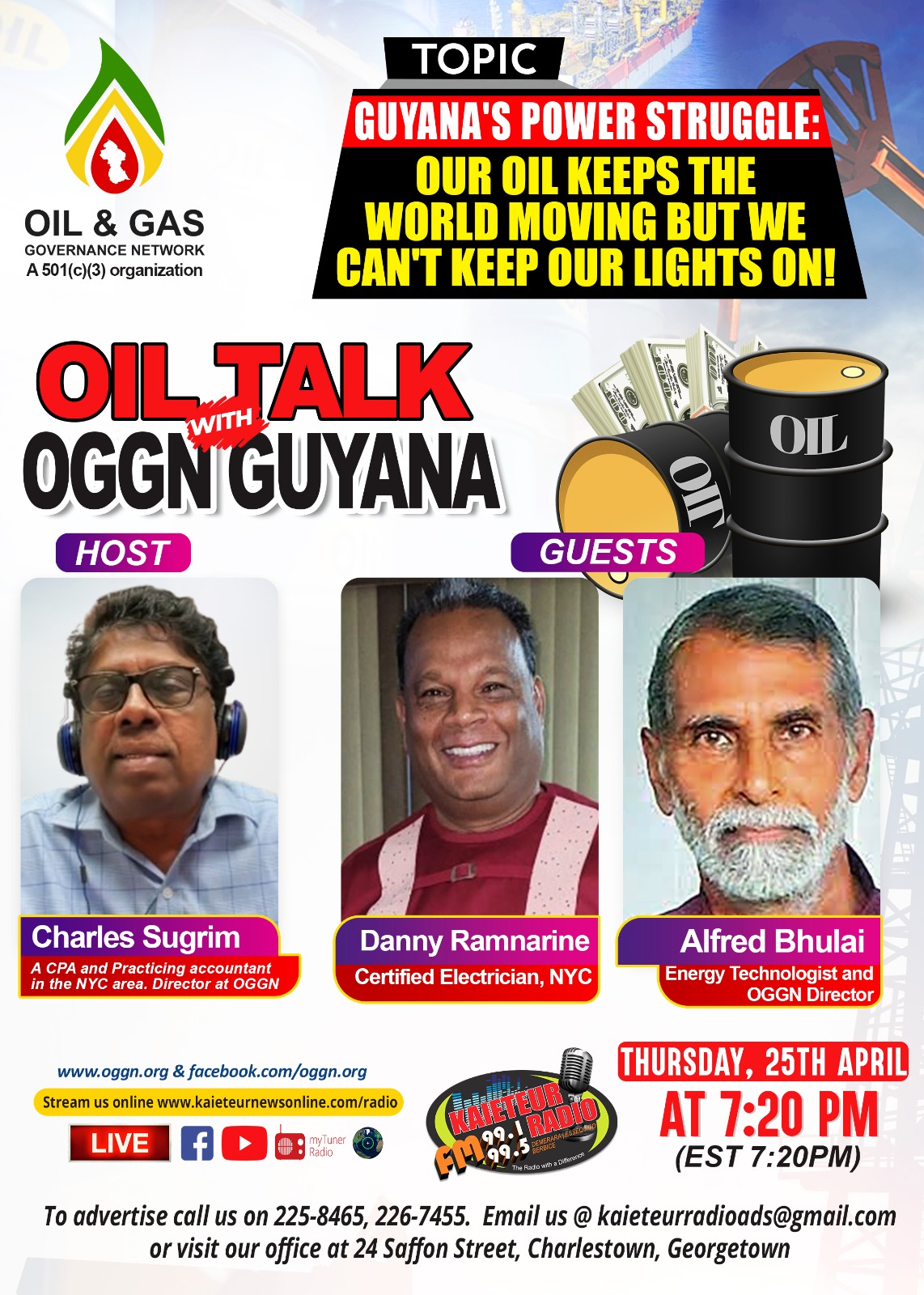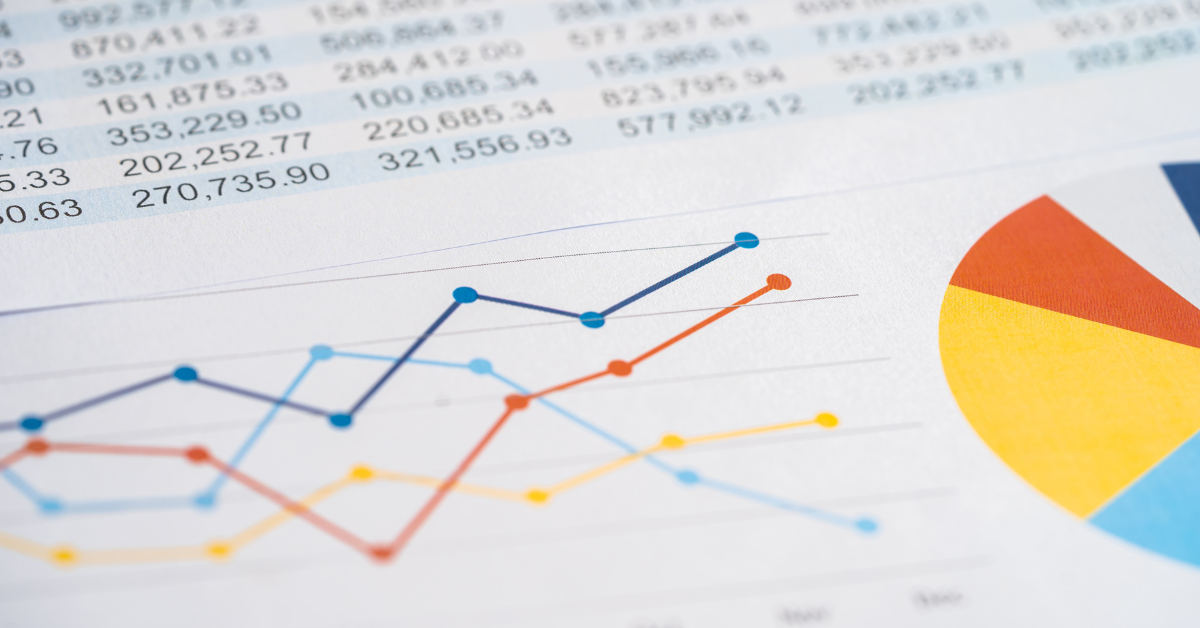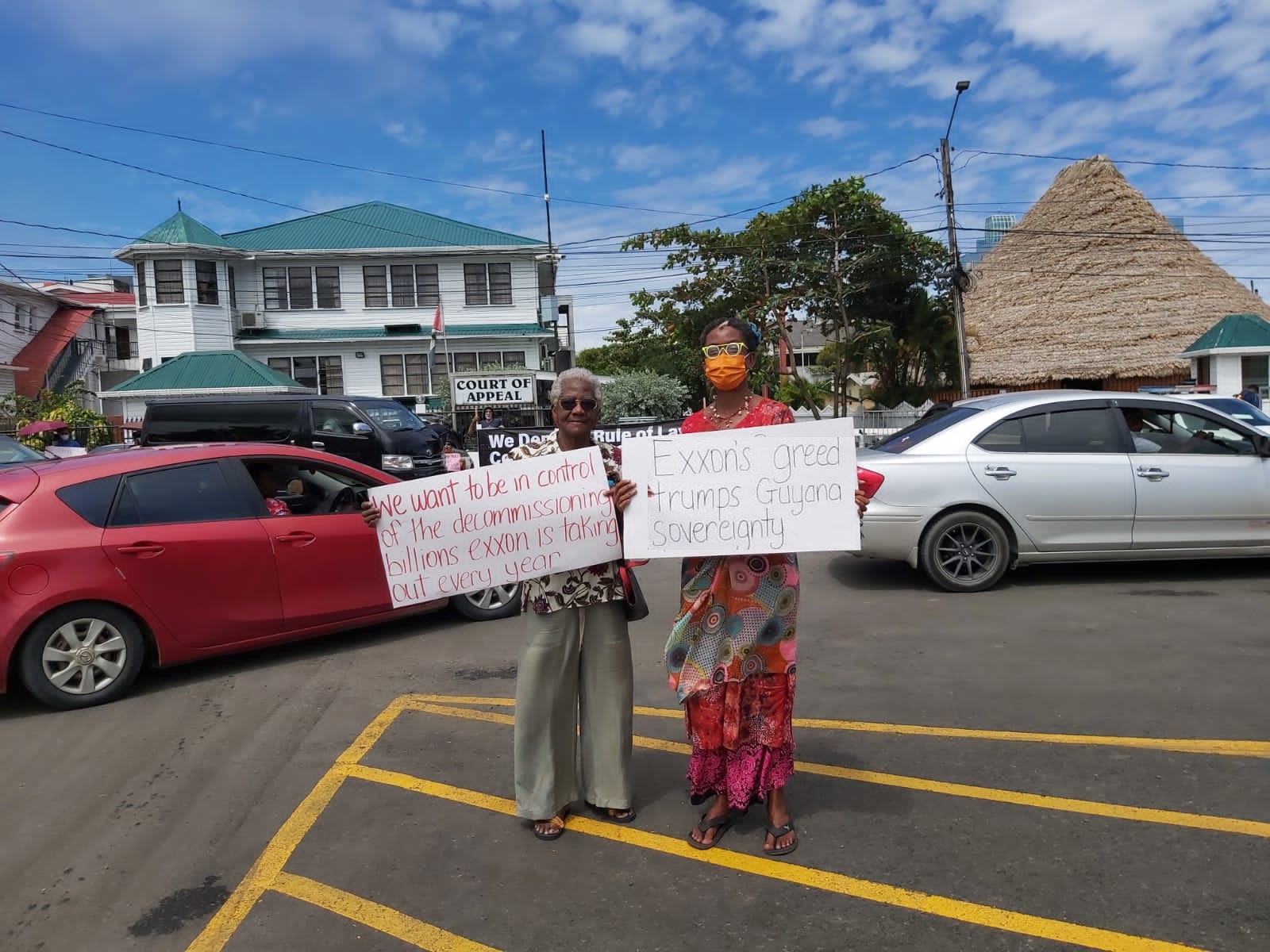Recently, an audit that encompassed 260,000 transactions, totaling US$7.3 billion, for the Stabroek Block for the period 2018 to 2020 was completed in 4 months. The size of the audit team appeared to be about 12 people; a few members were Guyanese. We assume the Guyanese members had no prior experience in auditing oil & gas transactions. It is almost impossible for such a team, in that short time period, to verify 260,000 transactions thus they sampled transactions and ignored small transactions. Where small transactions seem to be anything less than US$1,000. It appears no materiality, an accounting criteria, was formally defined by the auditing team which raises concerns about the quality of the audit. What is not clear is what percentage of the 260,000 transactions were sampled and how many fell into the bucket of too small to audit. We know more than 40% of Guyanese live on US$5.50 per day thus US$1000 is not small to them.
The Oil & Gas Guyana Network (OGGN) thanks the journalists of Kaieteur News for the provision of a compilation of its articles on the cost-recovery sampling audit of ExxonMobil Guyana, formerly EEPGL, accounts for 2018-2020 (KN 12 November 2023). It was natural that the audit team, of Ramdihal & Haynes Inc., Eclisar Financial, Vitality Accounting & Consultancy Inc. with Martindale Consulting and SGS, would focus during those four months on the simpler ‘cake shop’ accounts. In the series covered by KN, there is no mention of the ‘big ticket’ engineering items of the offshore expenses, what it takes to explore and extract the oil from ultra-deep fields. OGGN wonders if the audit team had the oil field expertise to check on the validity of ExxonMobil Guyana costings relative to the big items mentioned as cost-recoverable in Annex C of the 2016 Production Sharing Agreement? The Stabroek PSA and Annex C can be found here: https://www.oggn.org/contracts-2/.
In any case, the big-ticket engineering items do need to be scrutinised with as much or more care as the go-karting and Zumba lessons have been in the recent cost-recovery audits, since the huge ticket values have a potentially great effect on the money flows to Guyana. Of course, a thorough forensic audit will cost more and take longer, but USD 214 million has already been detected, from the 1999 to 2017 IHS Markit audit, as mis-allocated. That recent audit shows the risks of not paying timely attention or having requisite technical skills. Whether the team did or did not have such expertise, for the 2018-2020 audit, clearly the time and money allowed for this sample cost-recovery audit was not enough for a thorough investigation. The findings of this limited-scale audit have easily paid for the cost of the audit.
What the team did uncover is surely enough to justify a full-scale forensic audit of the 2018-2020 accounts of ExxonMobil Guyana. OGGN urges the Government to commission such an audit immediately and to insist on this kind of audit for all subsequent years. The Auditor-General and the Guyana Revenue Authority should be in close contact with the US Securities and Exchange Commission and the US Internal Revenue Service to check on transfer pricing and other means by which the ExxonMobil Guyana may be trying to inflate costs and reduce legitimate taxes. OGGN has advocated for a Gross-Split Model where Guyana receives 55 out of every 100 barrels of oil, see https://www.oggn.org/ 2023/08/26/an-alternative-psa-model-such-as-the-gross-split-model-eliminates-contested-areas-in-current-contract/. This would eliminate situations like this one where there is a now a need to verify 260,000 transactions worth US$7.3 billion, a complex and costly task that is required to be performed in a short timeframe.
Sincerely,
Alfred Bhulai
Andre Brandli
Janette Bulkan
Kenrick Hunte
Darshanand Khusial
Rueben Khusial
John Palmer
Joe Persaud
Mike Persaud











